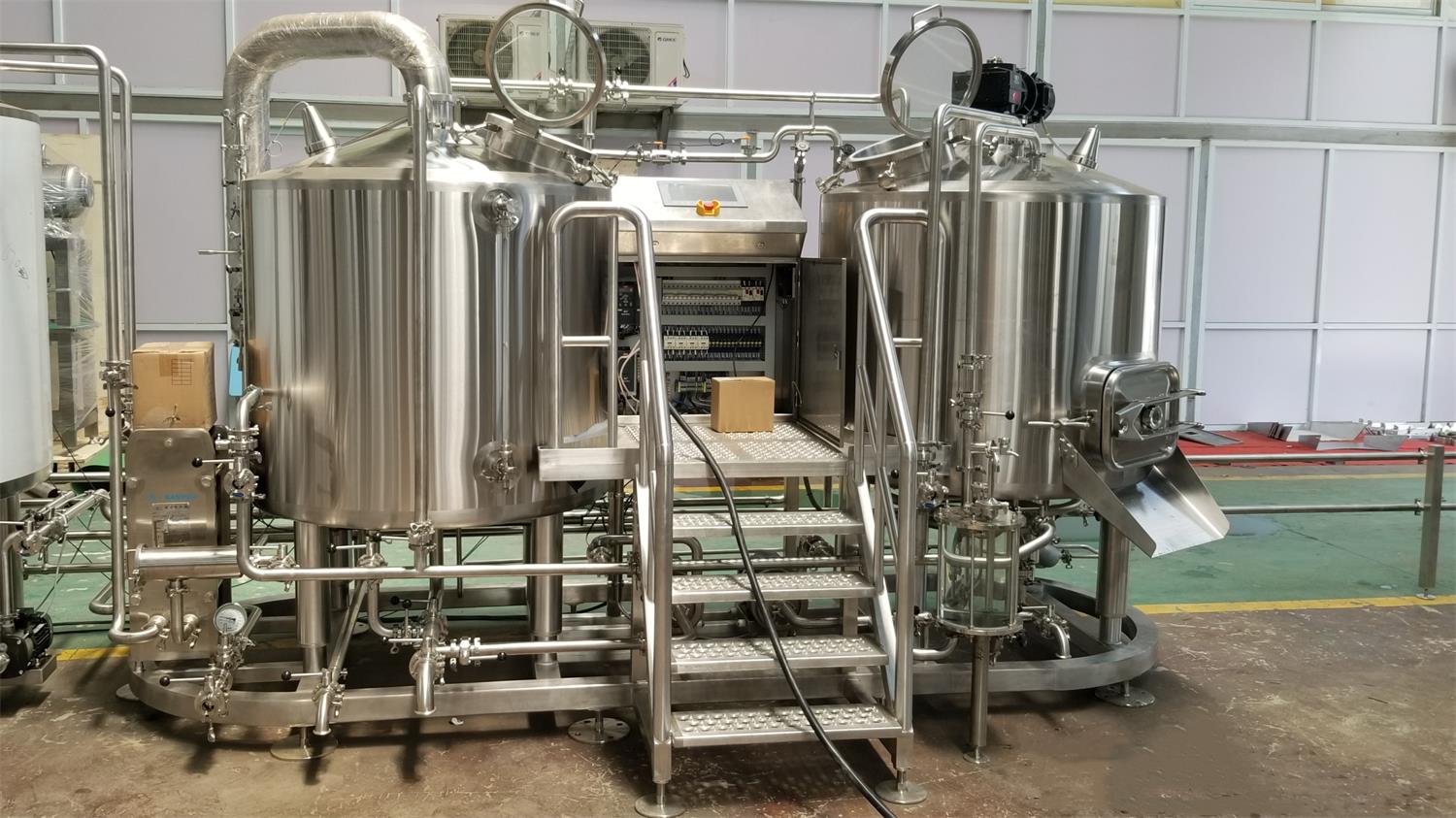How to Choose Stainless Steel Tank Manufacturers
The Purpose and Advantages of Stainless Steel Storage Tanks
Ever wondered why stainless steel tanks are the gold standard in industries like brewing, pharmaceuticals, food processing, and chemical manufacturing? It all boils down to their unbeatable combo of durability, cleanliness, and resistance to corrosion.
Let’s break it down: stainless steel isn’t just tough—it’s hardcore. These tanks can take a beating from harsh chemicals, intense temperatures, and the passage of time. Unlike plastic or mild steel alternatives, stainless steel won’t degrade, leach contaminants, or absorb odors. That means your contents stay pure, whether it’s wine, milk, or hydrochloric acid.
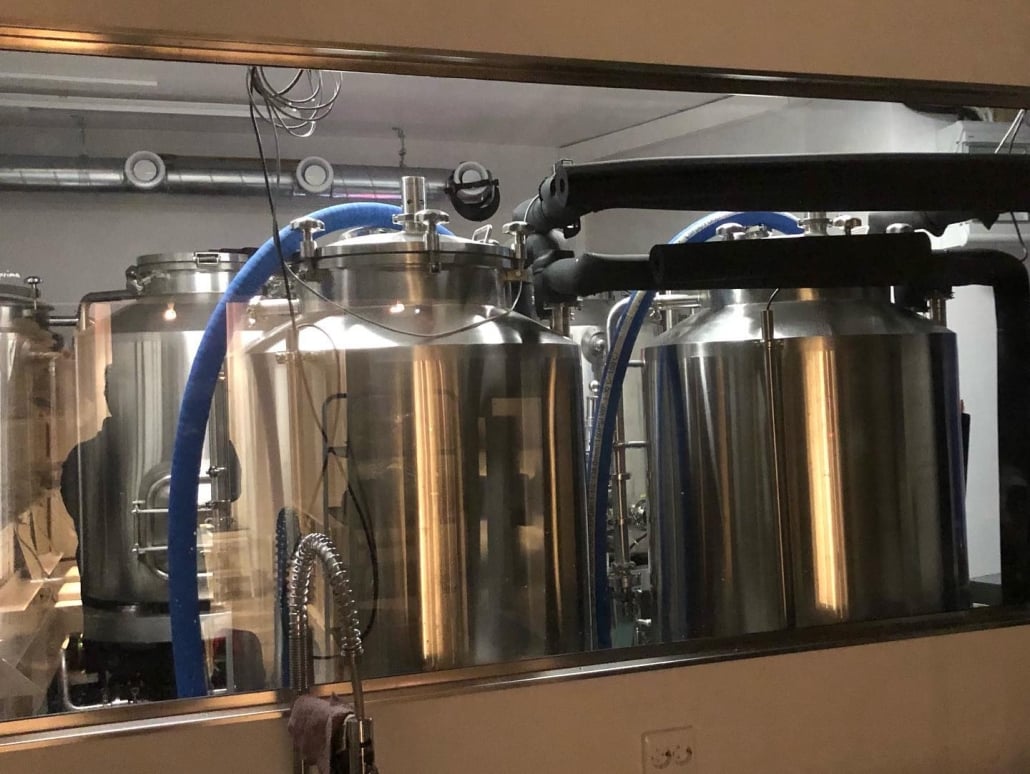
How to Choose the Right Stainless Steel Tank Manufacturers
Here’s the thing: not all manufacturers are created equal. Choosing a stainless steel tank manufacturer isn’t just about price; it’s about reliability, quality, and customization.
Start by evaluating their track record. Have they been around for decades or just a few years? A seasoned manufacturer usually has a portfolio that screams experience. Look for certifications like ISO 9001, ASME, or PED compliance. These aren’t just alphabet soup—they mean the manufacturer meets serious international standards.
Next, ask about materials. Are they using 304 or 316L stainless steel? If you’re in the pharmaceutical or food industry, 316L is your best bet thanks to its superior corrosion resistance. If you’re storing water or less reactive substances, 304 might do the trick.
Also, consider their engineering support. Do they help with design specs? Offer 3D models? Good manufacturers work with you, not just for you.
And don’t forget after-sales support. Do they offer installation help, maintenance services, or a warranty? If not, keep looking.
Top Stainless Steel Tank Manufacturers Compared by Key Metrics
Here’s a closer look at some of the industry’s top names and how they stack up:
| Manufacturer | Years in Business | Core Markets | Material Grades Offered | Customization Options | Price Range | Certifications | Notable Clients |
|---|---|---|---|---|---|---|---|
| Paul Mueller Company | 80+ | Dairy, Brewing, Pharma | 304, 316L | Full Custom | $$$$ | ASME, ISO 9001 | Anheuser-Busch, Pfizer |
| Highland Tank | 70+ | Oil & Gas, Water | 304 | Semi-Custom | $$$ | UL, ASME | Shell, Chevron |
| Gpi Tanks | 25+ | Food, Pharma, Cosmetics | 316L | Full Custom | $$$$ | PED, CE | Nestlé, L’Oréal |
| TANKS.CH | 30+ | Chemical, Pharma | 304, 316L | Custom & Modular | $$$ | ISO 14001 | BASF, Roche |
| CST Industries | 125+ | Agriculture, Industrial | 304 | Modular | $$ | NSF, ISO 9001 | Tyson Foods, ADM |
Each of these companies brings something unique to the table. For example, Paul Mueller shines in pharmaceutical-grade tanks with impeccable hygiene standards, while CST Industries is the go-to for massive agriculture silos.
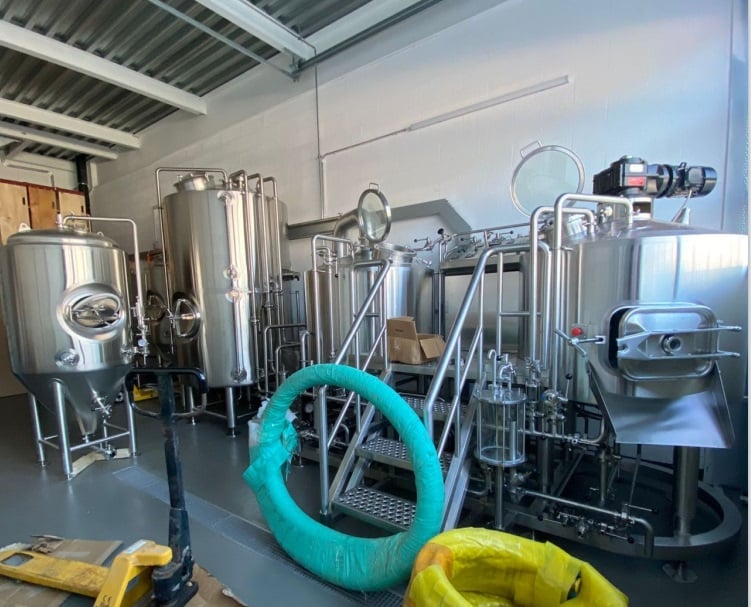
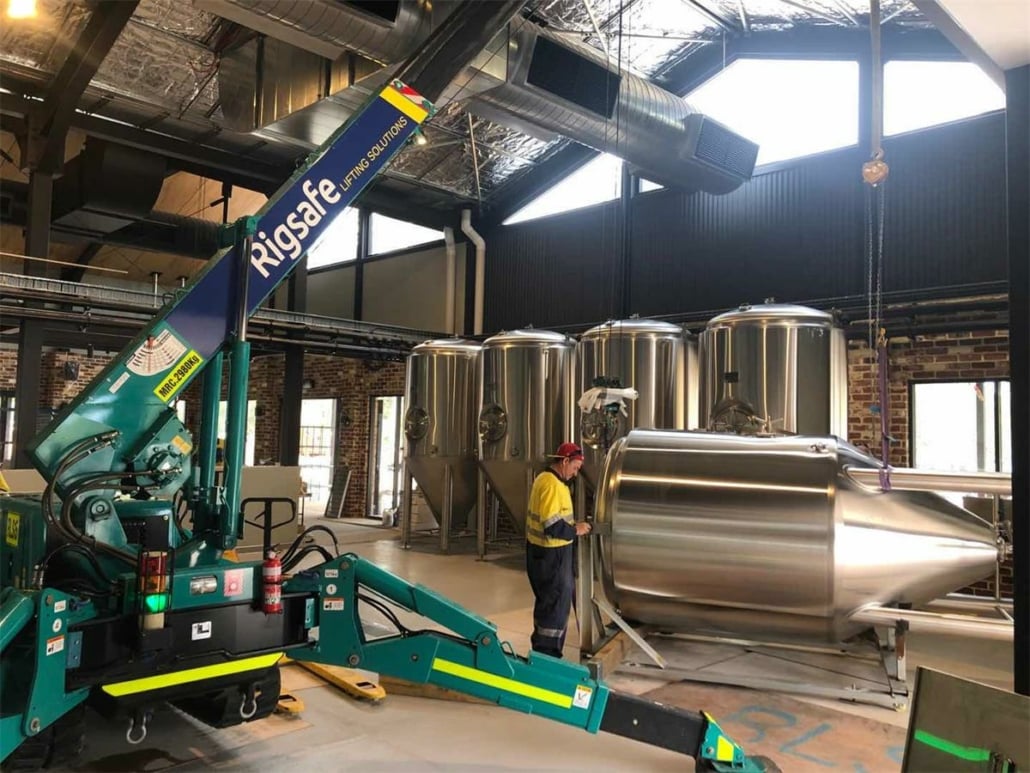


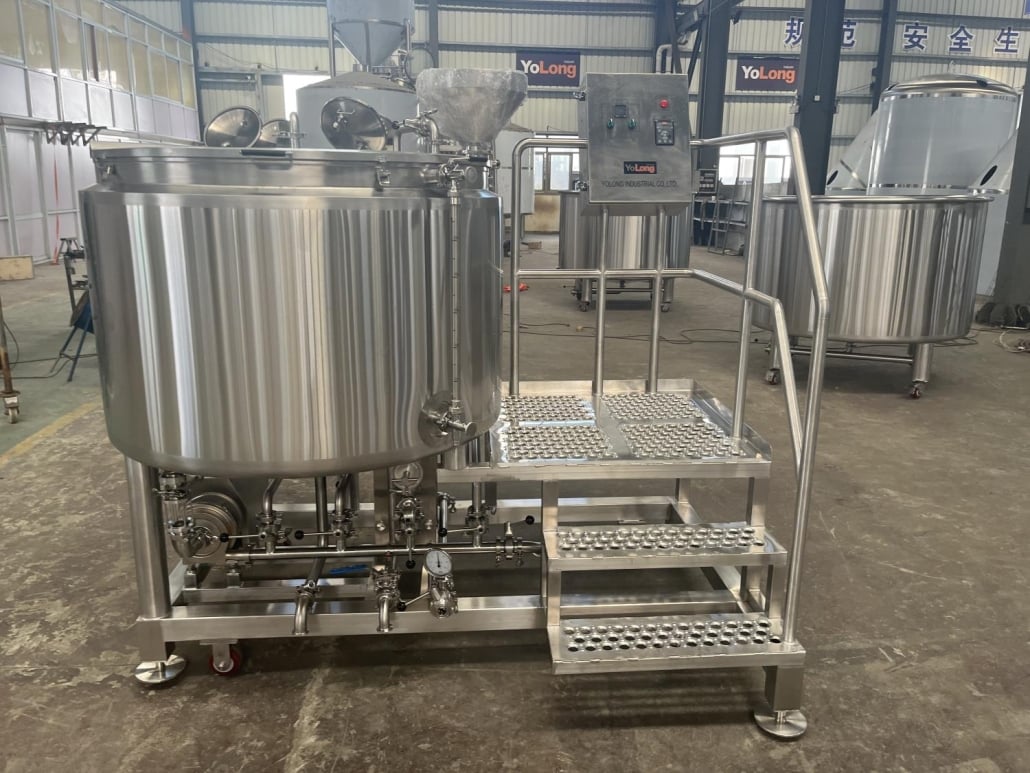
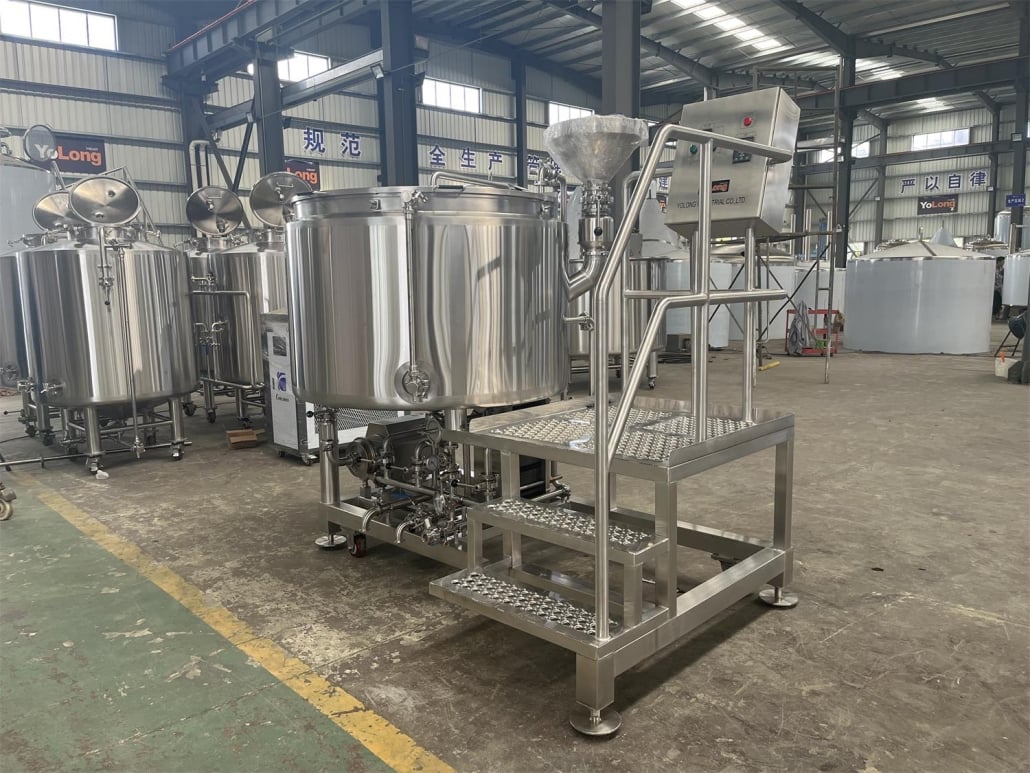
Customization Process of Stainless Steel Storage Tanks
Let’s talk customization—because one-size-fits-all just doesn’t cut it in the real world.
The journey begins with your specs. What are you storing? At what temperature? Under what pressure? All these factors shape your tank’s design. You’ll likely start by filling out a requirements form that includes capacity (in gallons or liters), dimensions, material choice (usually 304 or 316L), insulation needs, and mixing options (like agitators or baffles).
Next comes engineering. Good manufacturers provide CAD drawings or even 3D models so you can see exactly what you’re getting. They’ll also perform stress tests, thermal simulations, and compliance checks to make sure everything meets your local and international regulations.
Once designs are approved, fabrication kicks off. This can take weeks to months depending on complexity. The tank is usually TIG welded (for clean, strong seams), pickled and passivated (to remove contaminants and enhance corrosion resistance), and pressure tested.
Installation is the final step. Some companies handle this in-house; others partner with third-party experts. Either way, you’ll want skilled technicians making sure your tank is safely and correctly placed.
Stainless Steel Tank Sizes, Prices, and Parameters for Comparison
When it comes to sizing up your options, here’s a practical look at what to expect:
| Capacity (Liters) | Common Applications | Estimated Price Range (USD) | Dimensions (HxD, meters) | Material Options | Custom Features |
|---|---|---|---|---|---|
| 500 – 1,000 | Laboratory, Pilot Plants | $3,000 – $7,000 | 1.5 x 0.8 | 304, 316L | Jacketed, Agitator |
| 5,000 – 10,000 | Brewery, Food Process | $10,000 – $30,000 | 3.5 x 1.5 | 316L | CIP, Manhole, Sight Glass |
| 20,000 – 50,000 | Chemical, Pharma | $40,000 – $100,000 | 6.5 x 2.5 | 316L | Double-Wall, Insulation |
| 100,000+ | Agriculture, Storage Farms | $120,000+ | 10 x 4+ | 304 | Vents, Ladders, Heating Coils |
Prices vary depending on location, complexity, and material cost. Custom finishes, automation, and compliance testing can add to the final bill—but they’re worth it.
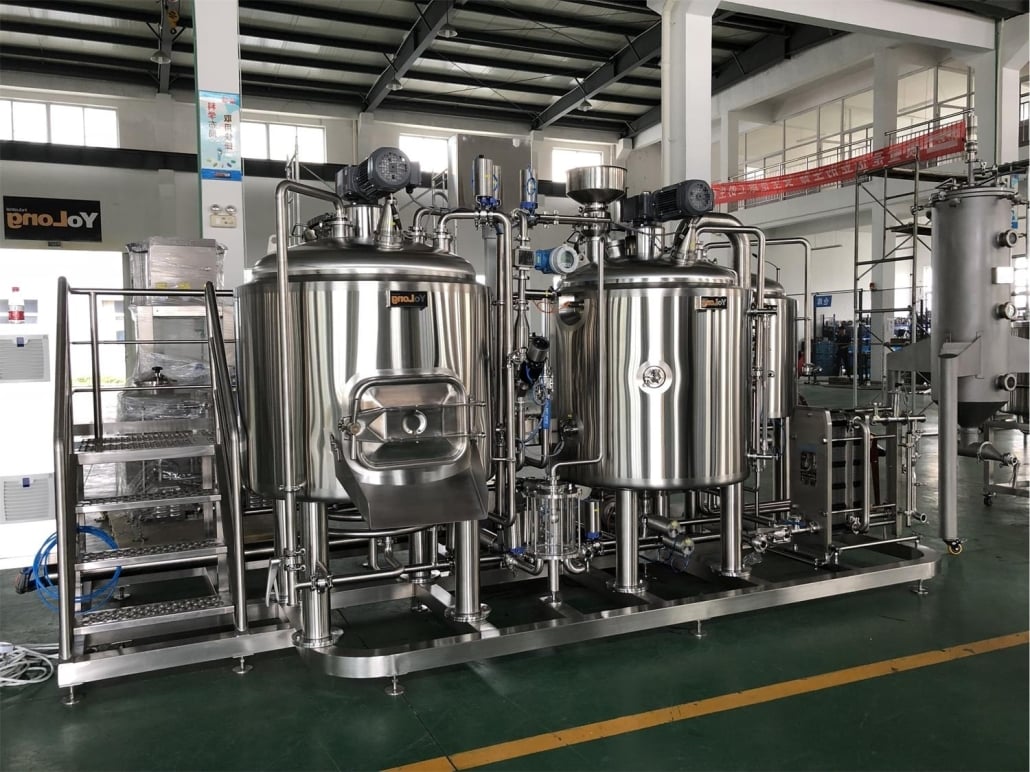
FAQ
| Question | Answer |
|---|---|
| What is the best stainless steel grade for food storage? | 316L is best for food due to its superior corrosion resistance and low carbon content. |
| Can I use a stainless steel tank outdoors? | Yes, especially if it’s made from 316L and treated with weather-resistant finishes. |
| How long do stainless steel tanks last? | With proper maintenance, they can last 20-30 years or more. |
| What maintenance is required? | Regular cleaning, inspection for corrosion or weld damage, and passivation every few years. |
| Are stainless steel tanks recyclable? | 100% yes. Stainless steel is one of the most recycled industrial materials. |
Share this entry
Interested in learning more about Brewing Systems including additional details and pricing information? Please use the form below to contact us!
YOLONG BREWERY EQUIPMENT FAQS
- Commercial Brewery / Craft Brewery / Microbrewery / Nanobrewery
- What is The Difference Between Craft Beer and Industrial Beer?
- The Bespoke Differences In Custom Brewing Systems
- Everything You Need to Know About Kettle Souring
- How to Choose Brewing Equipment for Your business?
- How To Choose The-Best Partner To Build Your Commercial Microbrewing System?
- Two Detection Sensors That You Need To Use In Your Brewhouse System
- Remote Control Applications in Brewing Equipment/How does it work?
- How To Clean Your Brand New Brewery Tanks?

